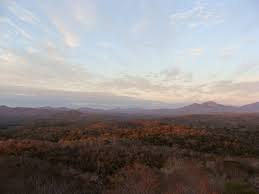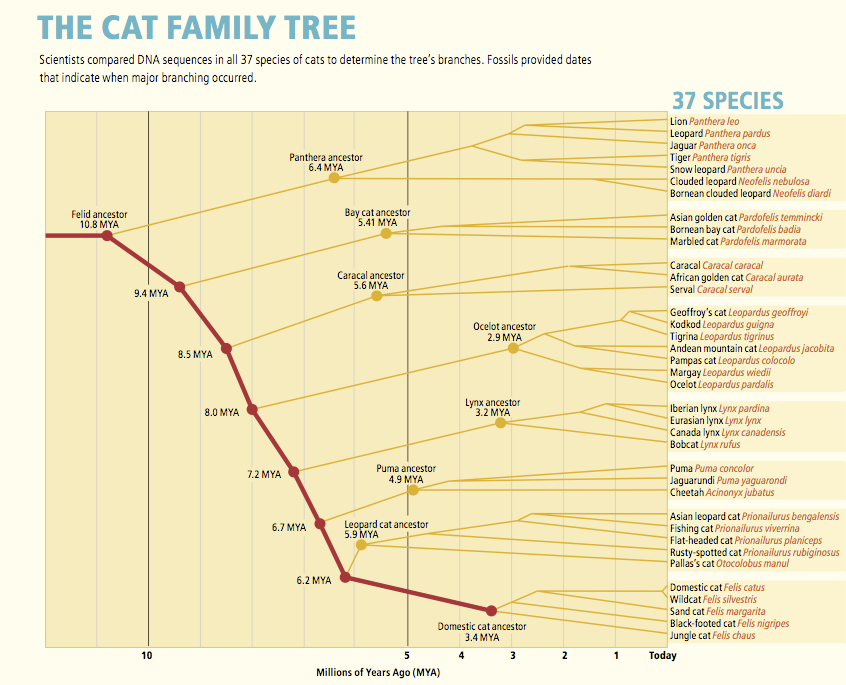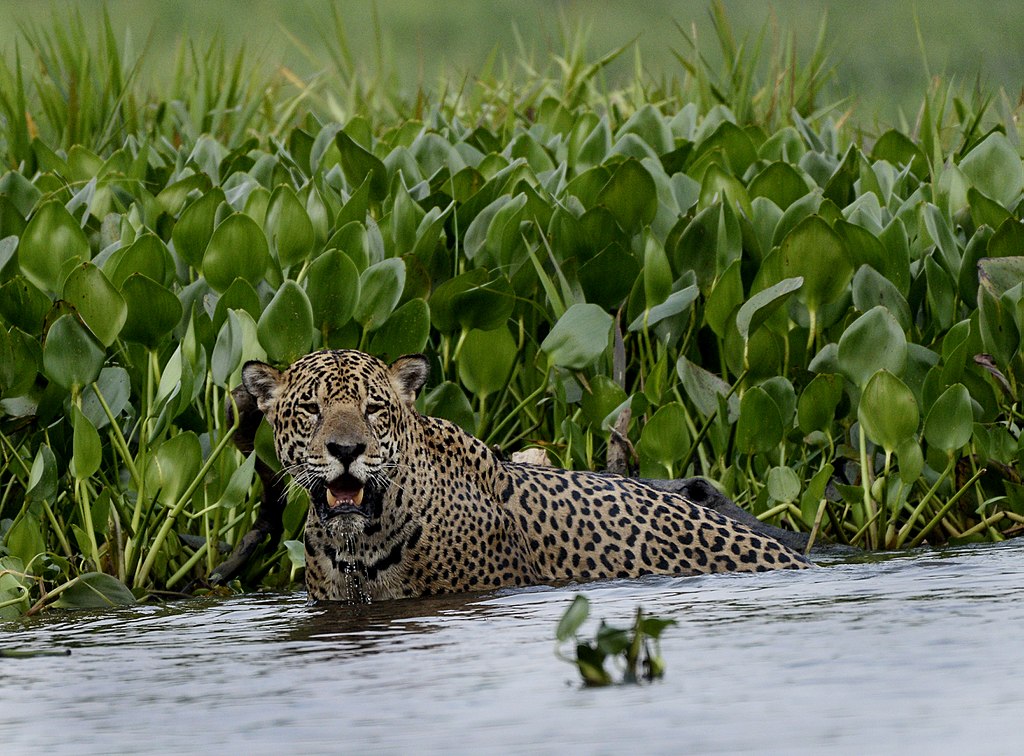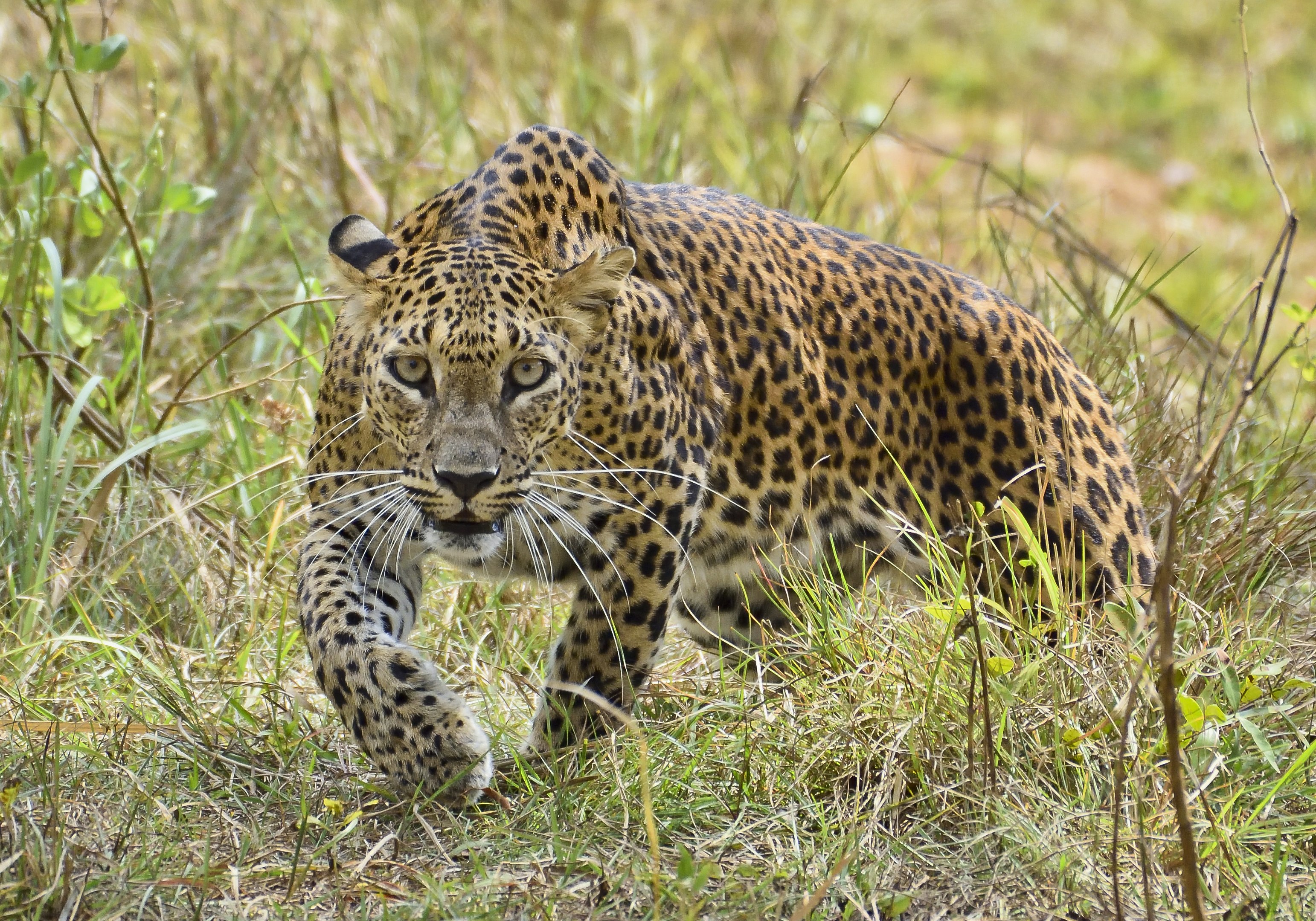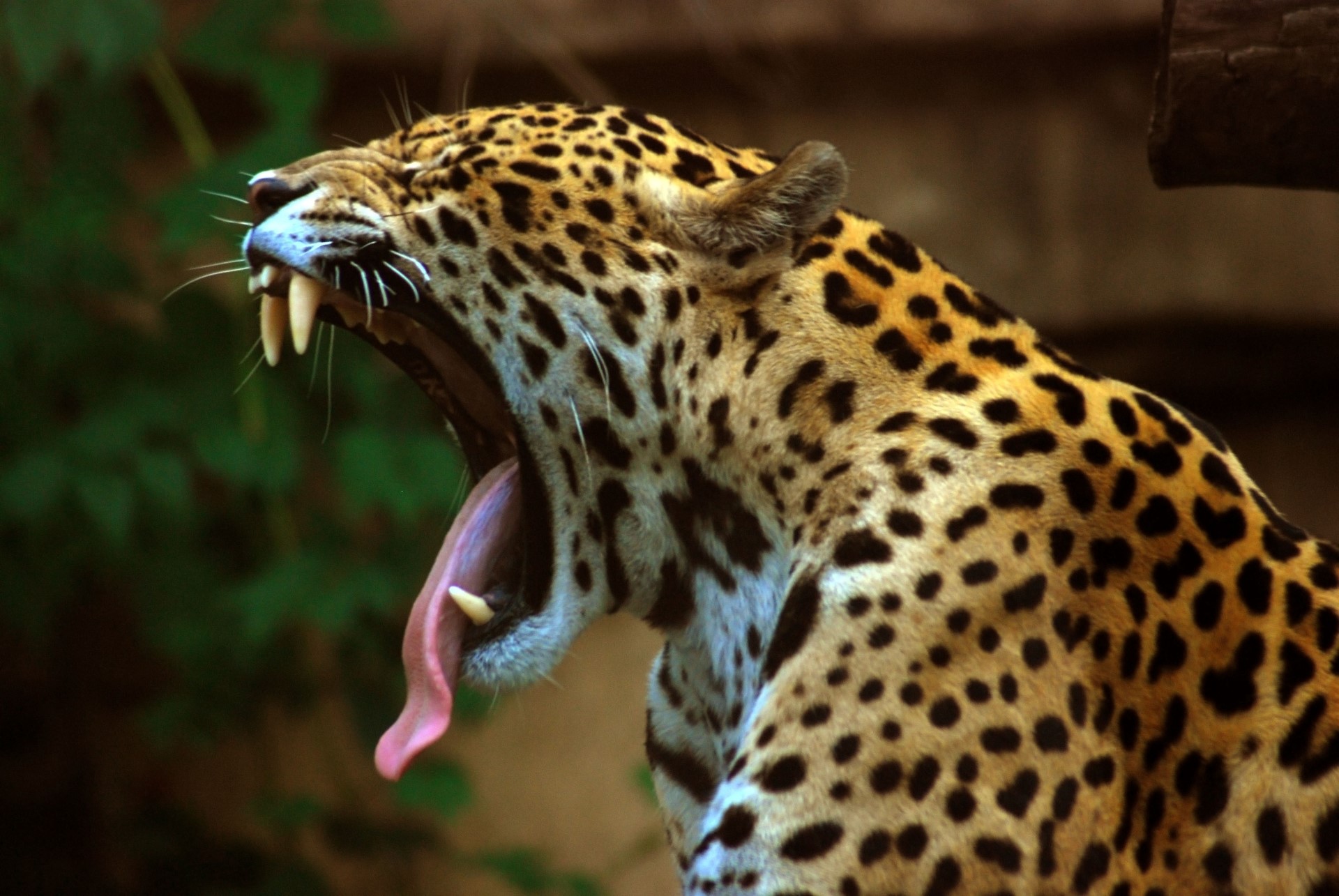The Pantanal is an incredibly wilderness, however, the Paraguay river is planned to be turned into a water way and build ports. I have included 2 videos for you to look at (depending on how much time you have). The video above is around 4 minutes, while the below is a full documentary 50 minutes.
Continue reading “Plans to turn the Pantanal into a waterway, will destroy this wilderness”Big cat family tree
Cougar (Puma, mountain-lion, Catamount even Panther)
aaa Pantanal Biosphere Reserve which includes Chapada dos Guimarães, Serra da Bodoquena, Pantanal Matogrossense, and Emas national parks
aaa Sian ka’an biosphere reserve, Monarch butterfly migration Yucatan Peninsula, Mexico
Jaguar
Returning Jaguars to the USA
While few animals have been completely exterminated from north America in the last 300 years there are a few on the brink.
One such animal is the Jaguar.
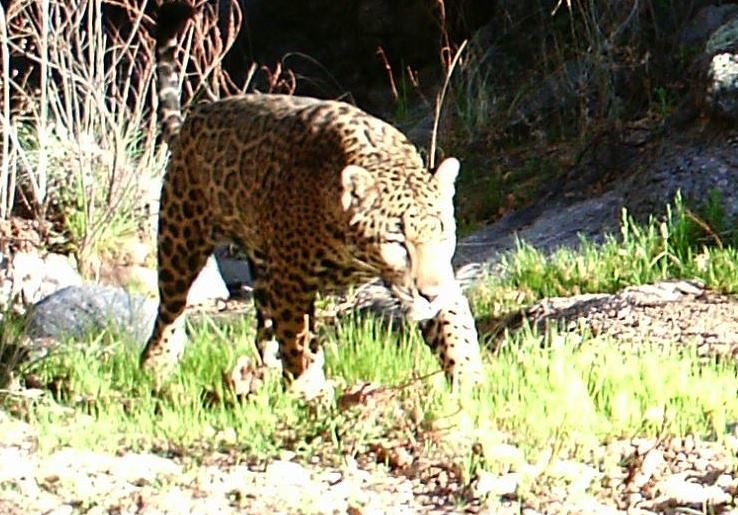
The last known Jaguar roams the Rocky lands of Southern Arizona and is called Sombra. The last known female was shot 60 years ago this year. Conservationists are calling for Jaguars to be reintroduced into the Gila national forest, a 3 million acre wilderness in New Mexico, along with protection for millions more acres which Sombra currently roams.
Continue reading “Returning Jaguars to the USA”Should Jaguars have a place in the ecosystems of the continental north America?
Wild Jaguars are a native resident of the USA. Once roaming as far north as the Grand canyon, they roamed over around 1/3 of its lands. It is not a natural migration therefore that has therefore meant that Jaguars are extremely rare in the USA.
Currently there are about 173,000 Jaguars living in the wild, meaning that taken as a whole, the Jaguar is far away the safest of the big cats (Lions who come in second, have a population of around 20,000). However, if you look at the part of the Jaguar population that lives in north America, their position becomes far more precarious.
Currently, it is thought that Mexico contains a wild jaguar population of about 4800.

Credit: Ceballos G et al 2021
A jaguar refuge in Mexico is under threat from deforestation and expansion of tourist projects
It is essential that tourists do not damage the places that they visit! I would think that this is obvious, but this is something that often does not occur to the majority of people, to do a quick search and work out if their visit will damage the area.
